Close
PRESUNTIVE ID P/ E.COLI 0157 AGAR New 500 grams/bottle
SKU
CDL/1337
Brand
CONDALAB
Pre-order (Deliver in 8 to 12 weeks)
E. coli O157:H7 Presumptive ID Agar is used for the presumptive identification of E.coli O157:H7. This medium is recommended for the research of E.coli O157:H7 in clinical and food testing.
E. coli O157:H7 has become a widespread public health issue as it is responsible for hemorrhagic colitis, characterized by a bleeding diarrhea with acute abdominal pain. E.coli O157:H7 produce several cytotoxins, neurotoxins, and enterotoxins, including Shiga toxin. Incorrect antibiotic treatment may increase the risk of a haemolytic uraemic syndrome development, a potentially fatal complication of this form of colitis.
E. coli O157:H7 has a bovine reservoir, infection can occur after ingestion of undercooked beef or unpasteurized milk. The organism can also be transmitted by the fecal-oral route.
Peptone provides nitrogen, vitamins, minerals and amino acids essential for growth. Sodium chloride supplies essential electrolytes for transport and osmotic balance. Lactose is the fermentable carbohydrate providing carbon and energy. Phenol red is the pH indicator. L-tryptophan allows the performance of the Indole test. E.coli produces enzyme �-D-glucuronidase that hydrolyzes MUG to yield a fluorogenic product that is detectable under long-wave (366 nm) UV light. Bacteriological agar is the solidifying agent.
The test for indole should be conducted after 24-48 hours incubation (or after good bacterial growth) at a temperature of 35-37 �C and by adding a few drops of Kovacs Reagent (Cat. 5205). A positive test is indicated by the formation of a pink-to-red color in the reagent layer after a few minutes.
Check the plates under UV light (366 nm). Light blue fluorescence indicates a positive MUG reaction.
E. coli O157:H7 Presumptive ID Agar is used for the presumptive identification of E.coli O157:H7. This medium is recommended for the research of E.coli O157:H7 in clinical and food testing.
E. coli O157:H7 has become a widespread public health issue as it is responsible for hemorrhagic colitis, characterized by a bleeding diarrhea with acute abdominal pain. E.coli O157:H7 produce several cytotoxins, neurotoxins, and enterotoxins, including Shiga toxin. Incorrect antibiotic treatment may increase the risk of a haemolytic uraemic syndrome development, a potentially fatal complication of this form of colitis.
E. coli O157:H7 has a bovine reservoir, infection can occur after ingestion of undercooked beef or unpasteurized milk. The organism can also be transmitted by the fecal-oral route.
Peptone provides nitrogen, vitamins, minerals and amino acids essential for growth. Sodium chloride supplies essential electrolytes for transport and osmotic balance. Lactose is the fermentable carbohydrate providing carbon and energy. Phenol red is the pH indicator. L-tryptophan allows the performance of the Indole test. E.coli produces enzyme ß-D-glucuronidase that hydrolyzes MUG to yield a fluorogenic product that is detectable under long-wave (366 nm) UV light. Bacteriological agar is the solidifying agent.
The test for indole should be conducted after 24-48 hours incubation (or after good bacterial growth) at a temperature of 35-37 ºC and by adding a few drops of Kovacs Reagent (Cat. 5205). A positive test is indicated by the formation of a pink-to-red color in the reagent layer after a few minutes.
Check the plates under UV light (366 nm). Light blue fluorescence indicates a positive MUG reaction.
| Brand | CONDALAB |
|---|
Write Your Own Review



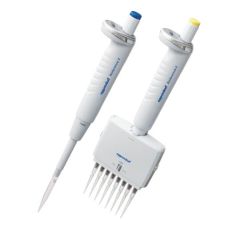
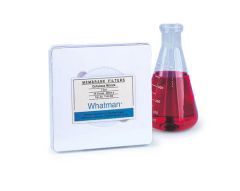
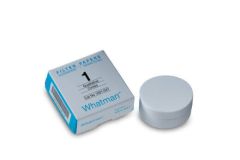
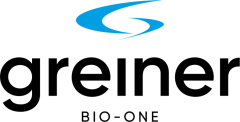
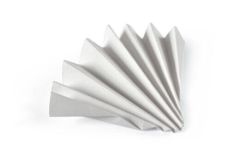

Validate your login